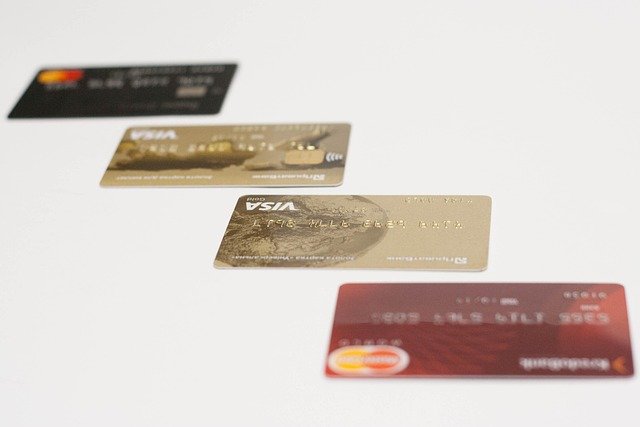Actionable steps to rebuild your credit score after setbacks
Recovering from a credit setback can feel overwhelming, but practical steps can restore your financial footing. This article outlines clear, evidence-based actions to review reports, correct errors, manage balances, and track progress so you can rebuild a more stable credit profile.

Recovering a damaged credit profile takes time and methodical effort. Begin by understanding the specific issues on your account, collecting documentation, and setting realistic timelines for improvement. Immediate steps include reviewing all available reports, correcting inaccuracies, and prioritizing on-time payments. Over months, lowering credit utilization and addressing outstanding debts can gradually improve scoring models’ view of your risk. This article breaks down practical, document-backed tasks that help you move from setback toward measurable recovery while protecting your rights with consumer reporting bureaus.
What affects your credit score?
Your score is driven by several measurable factors: payment history, credit utilization, length of credit history, new credit inquiries, and the mix of credit types. Payment history typically carries the most weight, while utilization — the percentage of available revolving credit you use — is the most controllable in the short term. Collections, charge-offs, and recent accounts can also lower eligibility for loans or favorable rates. Understanding these drivers helps you target the behaviors and records that produce the largest score gains.
How to check your credit report?
Request a copy of your credit report from each major bureau and review them for accuracy. Federal law in many countries gives consumers access to at least one free yearly report from major bureaus; additional monitoring services can provide more frequent checks. Compare account balances, payment status, and personal data across reports to identify inconsistencies. Keep a secure folder of statements and documents that corroborate correct account histories to support any disputes or verification requests.
How to dispute errors and verify information?
When you find inaccurate entries — wrong balances, duplicate accounts, or payments reported late that weren’t — submit a formal dispute to the reporting bureau and the creditor. Include clear documentation such as billing statements, payment confirmations, or correspondence that supports verification. Track dispute IDs, dates, and responses. If a bureau or creditor verifies an account as correct, request written verification. Persistent errors may require escalating to a supervisor, filing a complaint with a consumer protection agency, or seeking limited legal advice.
How to manage utilization and payments?
Lowering credit utilization is often one of the quickest ways to improve a score. Aim to keep revolving balances well below total limits, ideally under 30% and, for faster gains, closer to 10%. Establish automatic payments where possible to prevent missed due dates, and prioritize higher-interest accounts to reduce overall cost. If you cannot pay in full, negotiate a payment plan with creditors that maintains regular on-time payments and reduces balances over time.
How to handle debt, collections, and settlement?
If accounts are in collections, verify the debt’s accuracy and the collector’s authorization before making payments. Request written validation and any settlement offers in writing. Settling a debt may stop ongoing collection activity, but it can still affect your report; ask whether the account will be reported as “settled” or “paid in full” and get the agreement documented. For significant debt loads, consider credit counseling or structured repayment plans. Make decisions informed by documentation and verification to protect future eligibility for credit.
How to monitor progress and document recovery?
Set up periodic monitoring to watch for new negative items, identity fraud, or inaccuracies. Keep a running file of documentation: dispute letters, verification notices from bureaus, settlement agreements, and payment confirmations. Regularly review your score and reports to measure recovery milestones — lower utilization, closed or resolved collections, and consistent on-time payments. Documentation also helps if issues reappear and supports applications for improved credit terms as eligibility improves.
Rebuilding a credit profile is a gradual process that combines accurate recordkeeping, timely payments, prudent use of available credit, and clear communication with creditors and reporting bureaus. By verifying reporting accuracy, disputing errors with supporting documentation, managing utilization, and addressing outstanding debt responsibly, you create a foundation for steady recovery and improved eligibility for future credit.






